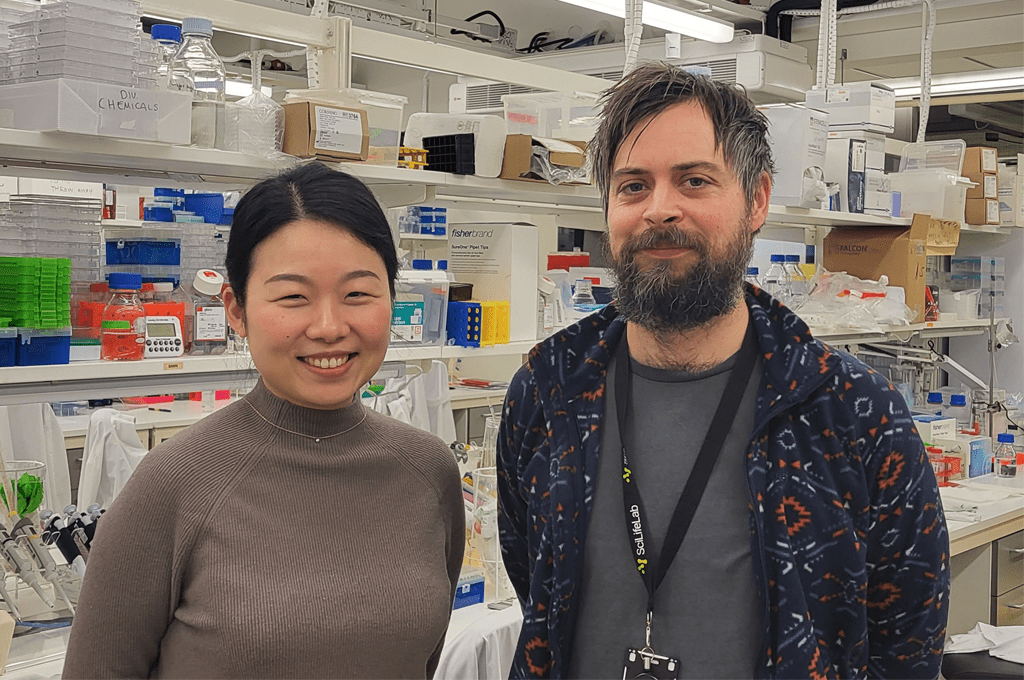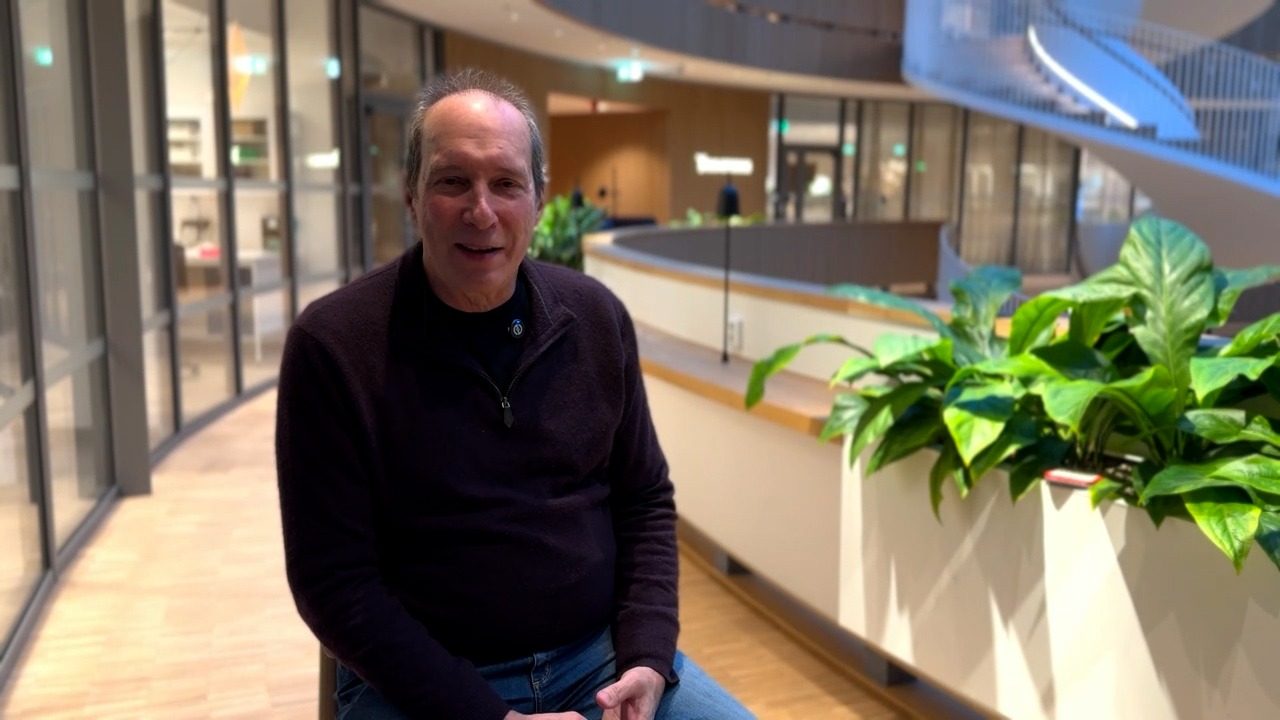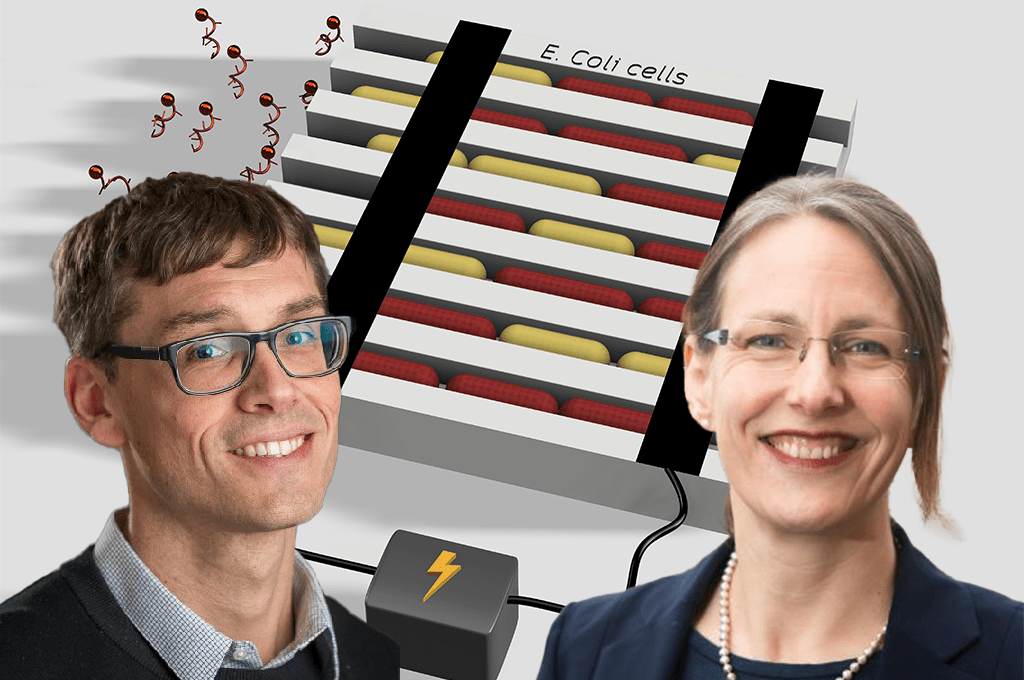New findings lay the foundation for the development of selective drugs to improve chemotherapy efficacy
In a study published in iScience (Cell Press), a research group led by Sean Rudd and Si Min Zhang from Karolinska Institutet (KI) and SciLifeLab unveiled a promising avenue for enhancing chemotherapy effectiveness. Collaborating with the Chemical Biology Consortium Sweden (CBCS) and Thomas Helleday group at SciLifeLab, their findings lay the foundation to develop selective modulators of an enzyme called SAMHD1, which resides in cancer cells and is a major culprit behind developing resistance to chemotherapy drugs, rendering them ineffective.
In a prior investigation, the team identified SAMHD1’s role in chemically neutralizing chemotherapy drugs, hindering their therapeutic impact. Recognizing the potential of developing drugs to disable SAMHD1 and thereby boost the efficacy of chemotherapy, the researchers faced a technological challenge in identifying and characterizing molecules for this purpose. This current study marks a significant breakthrough, presenting an experimental framework to pinpoint and understand molecules capable of directly silencing SAMHD1.
While the significance of SAMHD1 is well-established, the lack of understanding regarding how to deactivate it with small molecules has impeded progress. The new study fills this crucial knowledge gap and provides a comprehensive framework for the scientific community to identify and characterize SAMHD1-inactivating small molecules.
“This means that if we could develop a drug to switch off SAMHD1 in cancer cells, we could potentially improve the effectiveness of chemotherapy treatments,” says Sean Rudd, SciLifeLab Group Leader and Assistant Professor at KI. “Unfortunately, current efforts to do this are limited by a lack of available technologies to find and characterize such molecules. In the present study, we solve this problem, developing an experimental framework to find and characterize molecules able to switch off SAMHD1 directly,” Sean says in an interview with Karolinska Institutet.
The multidisciplinary approach employed in the study involved biochemical and biophysical experiments on isolated proteins, along with experiments on cultured cancer cells. A notable collaboration with CBCS at SciLifeLab facilitated assay development and a meticulous small molecule screen, involving over 17,000 chemicals, to identify those capable of inactivating SAMHD1. “This study benefited tremendously from close collaborations with CBCS, who offered vast expertise of small molecule screening, hit development, and finally biochemical/physical characterization of lead compounds. And of course, the study was further enriched by the involvement of medicinal chemists from our collaborator, Thomas Helleday (KI) group here at SciLifeLab.” says Si Min, co-lead of the study.
Looking ahead, the researchers aim to capitalize on the established experimental framework. With several chemical series already known to inactivate SAMHD1, the next phase involves unraveling the mechanisms behind their efficacy and utilizing this knowledge to refine and improve these potential drugs.
This advancement represents a critical step toward developing selective drugs that can control SAMHD1 activity, offering a promising avenue to enhance the effectiveness of chemotherapy treatments, in addition to having utility as important tools for fundamental research.





